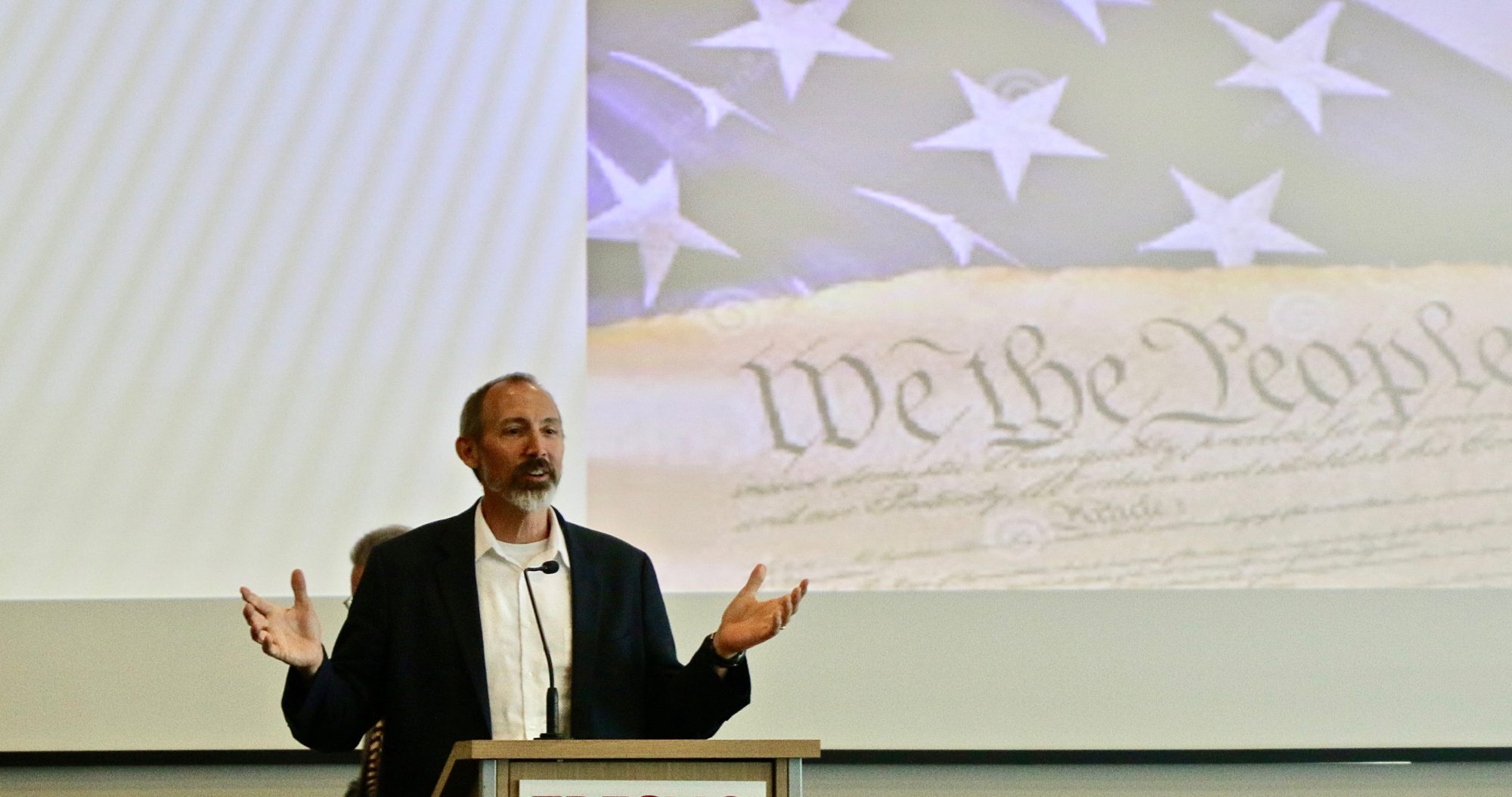Ethics: The sometimes difficult path to forgiveness
By Andrew Fiala- Special to The Fresno Bee
Monday, Feb. 25, 2013 | 01:26 PM
It is easy to focus on justice, resentment and punishment. We forget that mercy and forgiveness are also important social values.
The conflict between justice and mercy is a central focus for Trudy Conway, an ethics professor from Mount St. Mary’s University in Maryland. Conway was in Fresno this week to give a lecture for Fresno State’s Ethics Center on her new book opposing capital punishment, “Where Justice and Mercy Meet.”
Conway’s work points toward a larger consideration of virtues such as hospitality, tolerance and compassion. She is interested in how those values help us develop genuine moral communities. In an earlier essay, Conway explained that compassion rests on “feeling myself into the other.” She writes, “it is only when I can see and feel the other’s pain and recognize it as in some way my own that I can begin to morally respond to the other.”
We often fail to see and feel other people’s suffering. Criminals obviously fail to consider the suffering of those they assault. Retaliation and retribution appear to offer compensation for the suffering of the victim. But Conway warns that the desire for retaliation can lead us to reduce wrongdoers to their worst moments and downplay compassion. She asks, how would you like to be judged and remembered for your worst deed? Mercy and forgiveness look beyond a person’s worst act, toward the dignity and worth of that person’s entire life, with compassion for their suffering, and hope for redemption.
Forgiveness and mercy do help us sustain ordinary relationships in a world where people make mistakes and do bad things. But murder seems different. The finality of murder appears to cut off the possibility of forgiveness by annihilating the victim, who cannot offer forgiveness. And there is something morally problematic about offering forgiveness on behalf of another. Forgiveness is a gift that can only be granted by the one who has been harmed.
But it is possible that those who are most closely related to the victim could offer a kind of forgiveness. One of the co-editors of “Where Justice and Mercy Meet” is Vicki Schieber, the mother of a young woman, Shannon, who was brutally raped and murdered. Schieber has actively opposed the death penalty since Shannon’s murder. She has been working toward the abolition of the death penalty in Maryland, a legislative outcome that may soon be accomplished.
In the concluding chapter of “Where Justice and Mercy Meet,” Schieber celebrates forgiveness, reconciliation and compassion. She describes overcoming the desire for revenge in Christian terms, as a process of un-hardening the heart, grounded in Catholic teaching about the sacredness of all human life.
The secular justice system is, however, not focused on those values. We expect justice to be impartial, equal and fair. Forgiveness and mercy appear to be too subjective and arbitrary for the institutions of justice.
But we forget that justice has an emotional component. Conway points out that concern for justice is linked to righteous indignation. It is appropriate to feel outrage in the face of wrongdoing. But Conway warns that “righteous anger” can devolve into the desire for “retaliatory revenge.”
The move from righteous anger to retaliatory revenge is a familiar one. Consider what happens when rude or disrespectful behavior occurs. Adrenaline surges and blood pressure rises in a variation of the flight or fight response. Righteous indignation is linked to the justifiable urge to fight back in defense.
But righteous anger can lead to resentment and an excessive desire for revenge. And this can blind us, preventing us from seeing others as persons, who make mistakes and deserve compassion. Compassion, forgiveness and mercy point beyond justice and anger toward a calmer, broader perspective that sees individuals as more than their worst deeds.
– See more at: http://www.fresnobee.com/2013/02/25/v-print/3188206/ethics-the-sometimes-difficult.html#sthash.E7S7x197.dpuf

